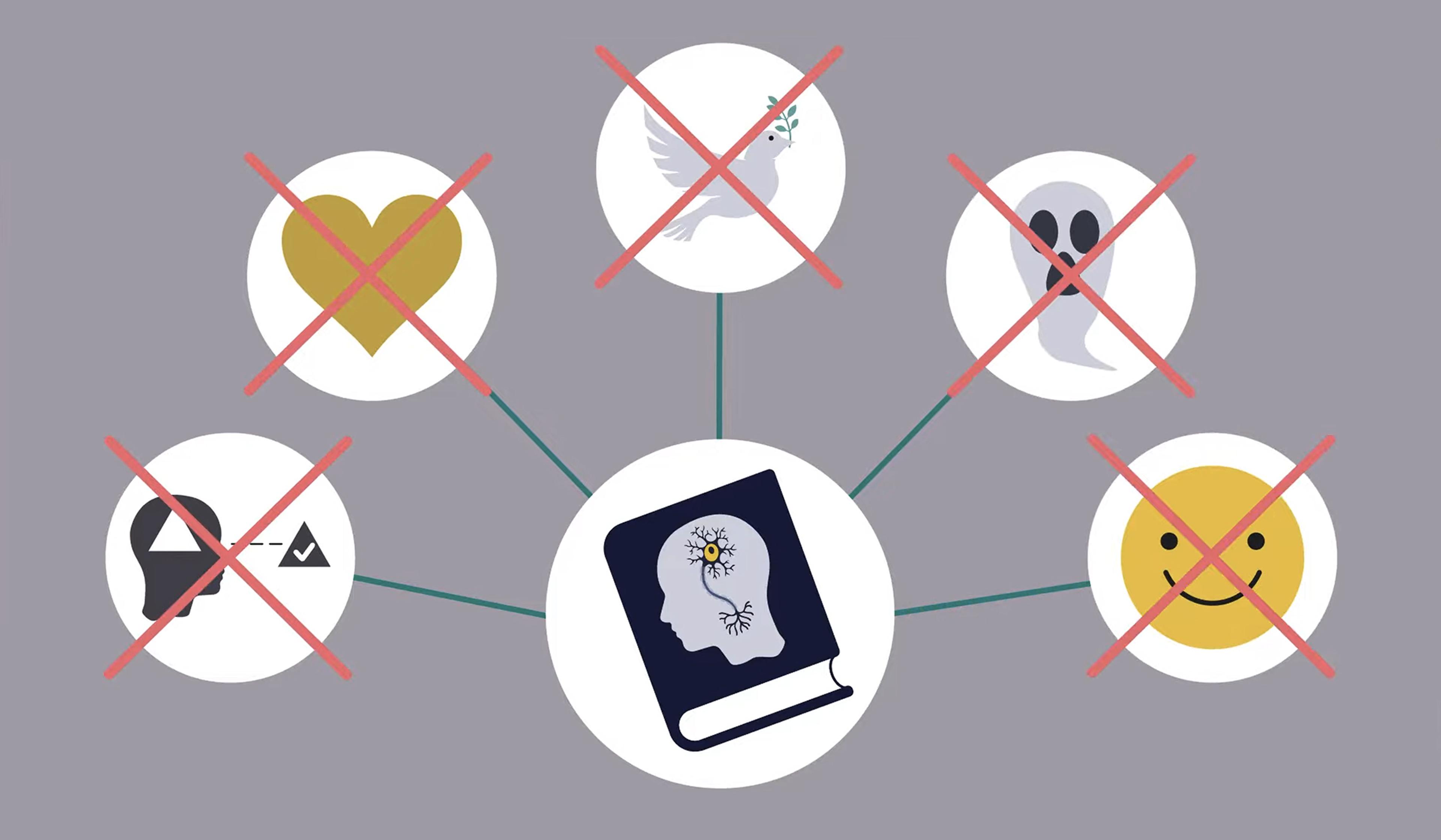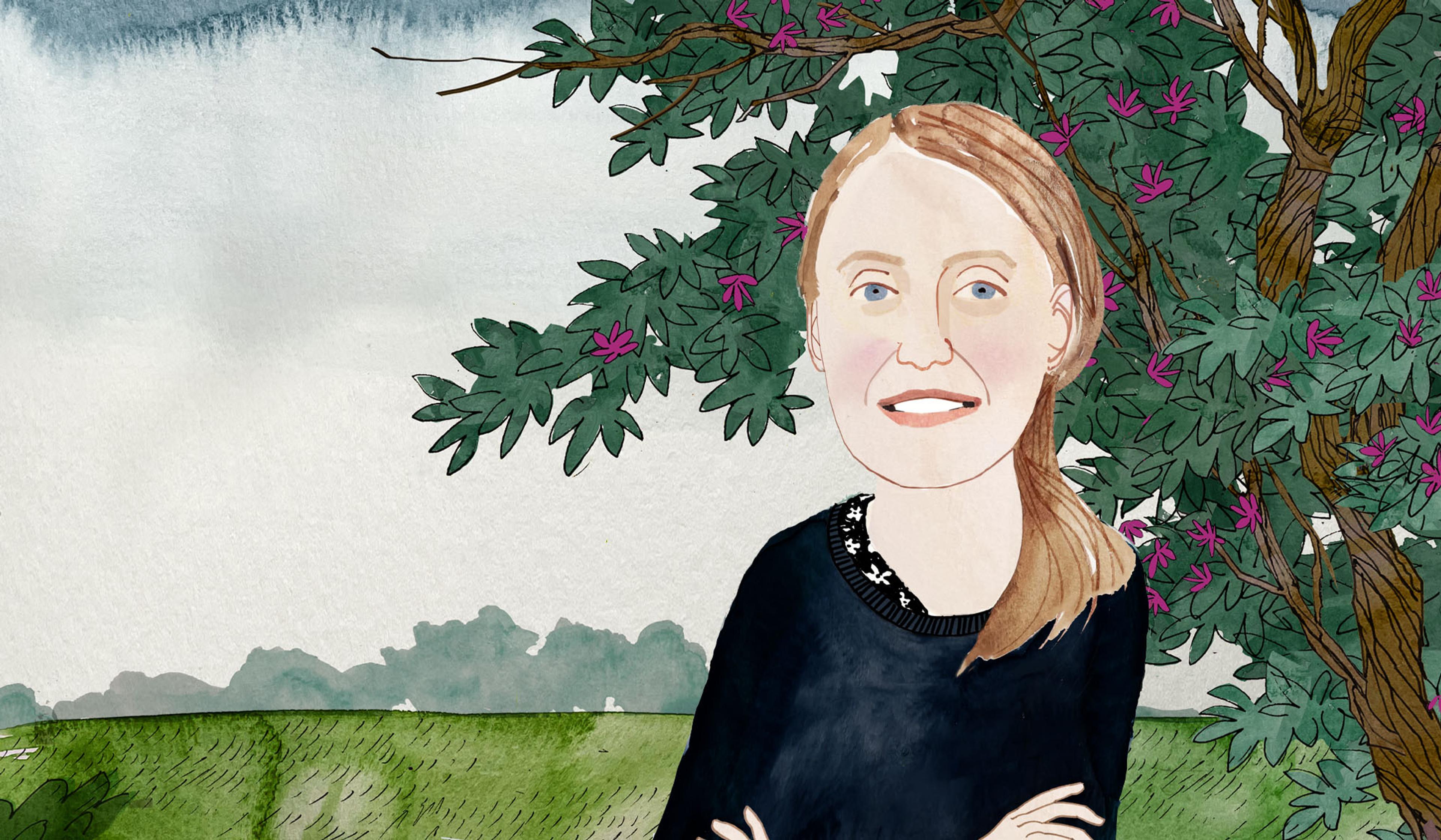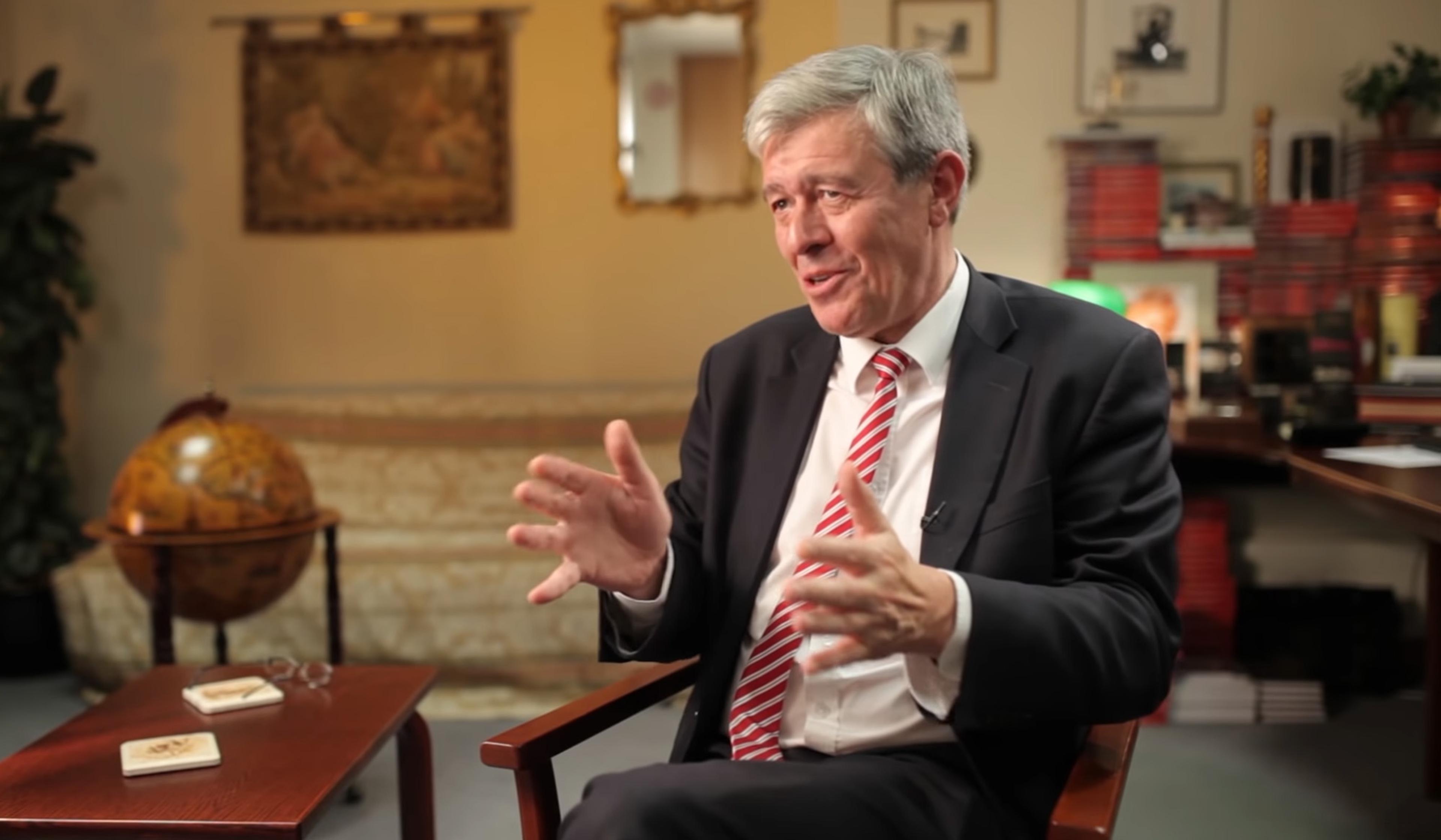Attempting to ‘mindread’, or figure out what another person might be thinking, is something that most adults do instinctively, and it’s part of a learning process that begins in the first few months of life. For instance, at a year old, most babies can decipher that a person glaring at a piece of food is contemplating eating it, and can even predict the path they’re likely to take to the morsel. But, as Jennifer Nagel, a philosophy professor at the University of Toronto, lays out in this animation, forming a deeper sense of what another person might (rightly or wrongly) believe in a given situation is a more complex process that develops throughout childhood. And, as Nagel explores, whether babies innately understand that other people have beliefs, or whether they’re simply recognising patterns when they appear to understand other minds, is still subject to controversy among philosophers and developmental psychologists alike.
Forget babbling and toddling – mindreading is babies’ most incredible skill
Video by Wireless Philosophy

videoPhilosophy of mind
Do we have good reasons to believe in beliefs? A radical philosophy of mind says no
5 minutes

videoPhilosophy of science
What toddlers can teach us about how the human brain does science
10 minutes

videoNeuroscience
What will we do when neuroimaging allows us to reconstruct dreams and memories?
4 minutes

videoPhilosophy of mind
It’s easy to get caught up in constructing our selves, but what does it cost us?
3 minutes

videoNeuroscience
What is your dog really thinking? MRI brain scans might soon provide the answer
7 minutes

videoCognition and intelligence
How a ‘periodic table’ of animal intelligence could help to root out human bias
5 minutes

videoPhilosophy of mind
Embodied cognition seems intuitive, but philosophy can push it to some strange places
14 minutes

videoPhilosophy of mind
‘Am I not at least something?’ A surreal dive into Descartes’s Meditations
3 minutes

videoHistory of science
The ‘dangerous nonsense’ of phrenology shows how pseudoscience takes hold
4 minutes